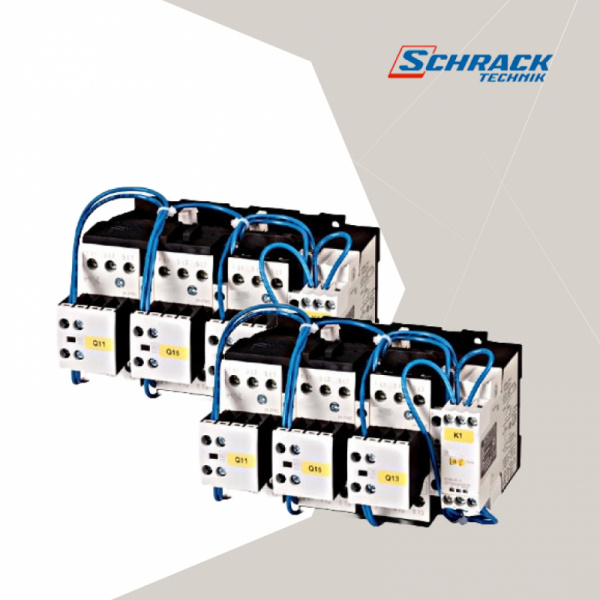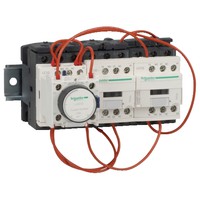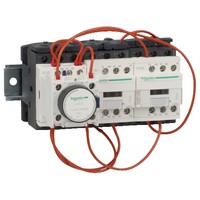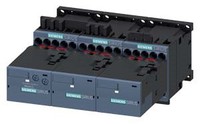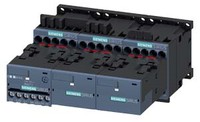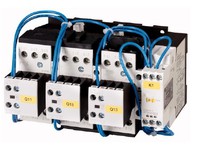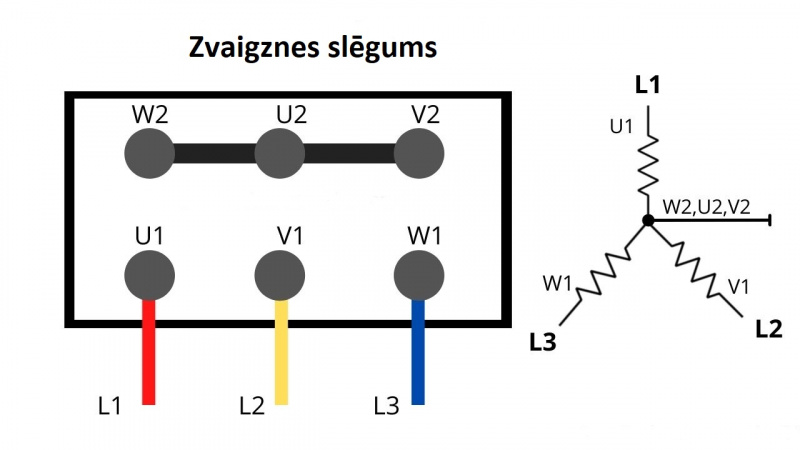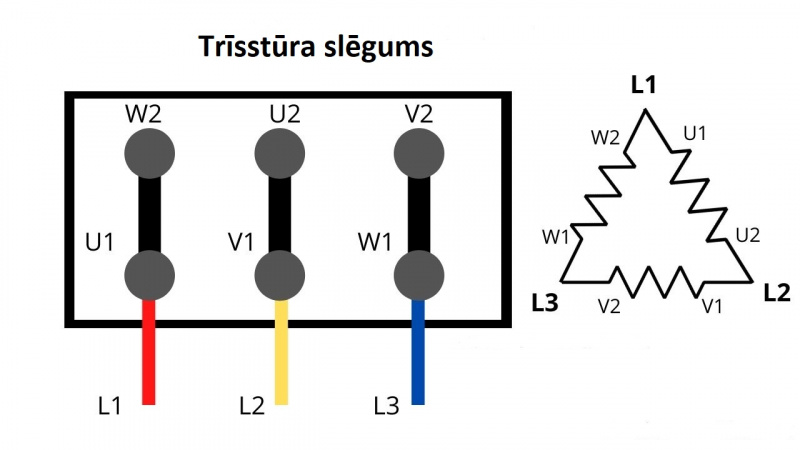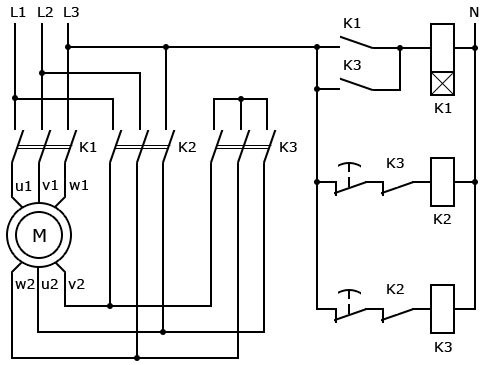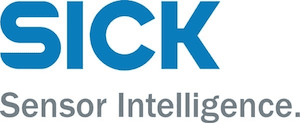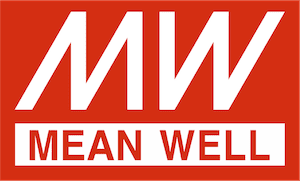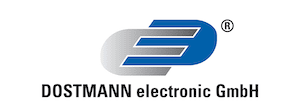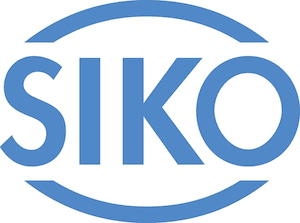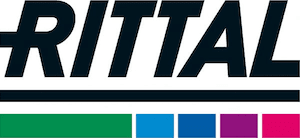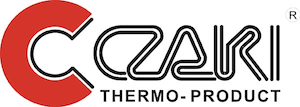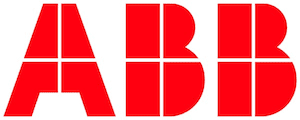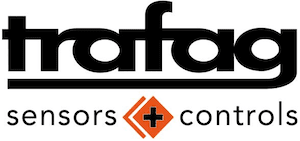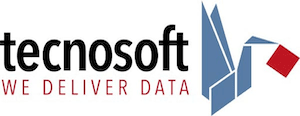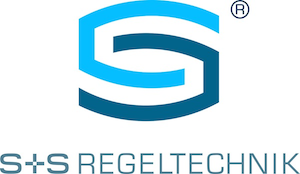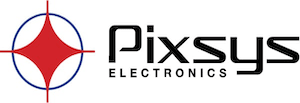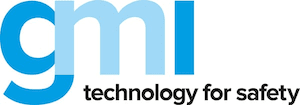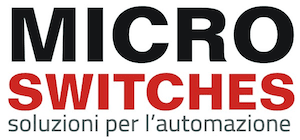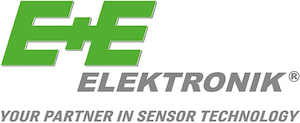To ensure lower electrical energy losses for energy management, at the beginning of alternating current control lines, the voltage is transformed into high voltage to minimize power loss. This transformed voltage is reduced significantly to match the requirements of each consumer. It is important to emphasize that all electrical systems involved in generating, managing, and distributing electrical energy to consumers are three-phase alternating current systems. One of the most economical electromechanical low-voltage starter options that can be used is the star-delta starter.
This article will focus on these electrical automation components.
- Applications of Star-Delta Starter
- Main Advantages of Star-Delta Starters
- Modern Solutions and Alternatives
Applications of Star-Delta Starter
The use of star-delta starters is widely employed for the starting of three-phase electric motors. The star-delta starter connects the electric motor in a star configuration during its starting phase. Once the motor reaches its nominal speed, it is switched to a delta configuration.
What is the star configuration?
In electrical power systems, the graphical representation known as the star configuration is frequently used. By connecting a three-phase electric motor in a star configuration, the motor's winding ends are joined together at a single point, and the three-phase voltage is applied to the starting ends.
What is the delta configuration?
 In connection diagrams for electric motors, starters, and soft starters, the graphical representation of the delta configuration is often seen. The delta configuration is also referred to as the Delta connection. It is a configuration in which the motor's winding ends are connected in a chain without a neutral point.
In connection diagrams for electric motors, starters, and soft starters, the graphical representation of the delta configuration is often seen. The delta configuration is also referred to as the Delta connection. It is a configuration in which the motor's winding ends are connected in a chain without a neutral point.
Star-Delta Connection Diagram
 Initially, a three-phase voltage is applied to the ends U1, V1, and W1 through the magnetic contactor K1. Simultaneously, the magnetic contactor K3 also operates, connecting the ends U2, V2, and W2 with each other. This connects the electric motor in a star configuration.
Initially, a three-phase voltage is applied to the ends U1, V1, and W1 through the magnetic contactor K1. Simultaneously, the magnetic contactor K3 also operates, connecting the ends U2, V2, and W2 with each other. This connects the electric motor in a star configuration.
After a certain time, a time relay, incorporated with the starting contactor K1, activates. The time relay switches off contactor K3 and switches on K2. Contactor K2 applies voltage to the ends U2, V2, and W2 of the motor, thereby connecting the motor in a delta configuration.
Main Advantages of Star-Delta Starters
Star-delta starters are used to reduce the starting current of an electric motor without requiring additional equipment. One significant advantage of the star-delta starter is that it reduces the starting peak current by 2/3. However, it should be noted that at the moment of starting, the nominal torque is reduced to 1/3 of its nominal value. In short, the advantages of star-delta starters are:
- No need for expensive and advanced equipment;
- Starter doesn't overheat, and no switching devices are necessary;
- The starting peak current is 1/3 of the direct starting current;
- Generates a high torque in relation to the line current.
In the ZTF Lāsma product range, various star-delta starters are available from manufacturers such as Siemens, Schrack, and Schneider Electric.
Modern Solutions and Alternatives
It must be acknowledged that the use of star-delta starters is a stable but outdated application. For several decades, much more modern solutions have been available on the market, such as softstarters or Variable frequency drives. Below is some additional information about them.
Starting motors with a soft starter reduces the starting torque, helping to prevent overload and voltage drops in the network. Here are some key advantages of soft starters:
- Gentle starting extends the motor's lifespan;
- Reduces harmonics (noise) and network load;
- Adjustable acceleration and deceleration.
Starting motors with a frequency converter is a contemporary and efficient method, especially when precise control and regulation of motor speed across a wide range is required. Here are some advantages of frequency converters:
- Reduced energy consumption;
- Extended equipment lifespan and maintenance intervals;
- Remote control capabilities;
- Wide power range.
Other articles and video materials on soft starters and frequency converters:




